You might catch a glimpse of his imposing figure from the window of your carriage as you chug past Oxford on the Cherwell Valley Line from Banbury to Didcot. Walking from Jericho to Port Meadow you can just about spot him if you look south from Walton Well Bridge. But to see him close-up you must venture further. Through the car park, past the gates to Cripley Meadow allotments and then along the path that leads to the controversial Castle Mill graduate accommodation blocks alongside the railway track. It’s an unimpressive resting place for such an Oxford icon.
For this is where the famous fountain statue of Triton, son of the sea god Poseidon, half man half fish, that once graced the courtyard of the old Radcliffe Infirmary (RI) is now incarcerated. Designed by the Victorian sculptor John Bell in 1857 and produced by JM Bashfield, he’s based on Bernini’s 17th century ‘Fontana del Tritona’ in Rome. One hundred years after Stiff Leadbetter’s elegant hospital buildings went up on the open fields of St Giles in 1770, he was welcomed as bringing ‘an increased cheerfulness’ to the spacious entrance opening on the Woodstock Road. Where the merman of Greek mythology sounded his conch shell trumpet to calm the waves, for over 150 years our RI Triton blew a fountain through his shell, its gentle splash soothing the nerves of generations of patients heading inside.
But his nozzles (made originally from silver catheters donated by one of the Infirmary surgeons) are now dry. Encased in a glass box, he appears shorn of his strength, emasculated, arms stretching upwards to the roof of his prison cell as if trying to escape.
I confess that this distressing sight is a very recent discovery. I had somehow missed the moment when after the RI closed in 2007 and all healthcare was moved up to Headington, the statue was removed. As the site was repurposed, in 2012 a replacement copy of this man of the water was positioned on its old site to the East of the new exciting Radcliffe Observatory Quarter (ROQ) that continues to take shape. It’s an admirable replica. On close inspection the jet of water may seem a little diminished and there’s a new frog highway installed to help visiting wildlife up into the pond. But in truth I’d have never known the imitation model was not the original if I had not attended a talk by Ian Baxter.
Most of us who have lived in Oxford for some years will have had a brush with the Radcliffe Infirmary. My two elder brothers were born there. It was where I had my eyes looked at and my daughter’s tonsils were removed. But when Ian Baxter’s lung collapsed suddenly while he was still a student in the late 1970’s, this was the place that saved his life. Taking a year off to recover he came to work here as a nursing auxiliary, later training to be a social worker based at the RI, before becoming a railwayman. Which he still is. But he is determined to uphold the memories of those who once worked in this rapidly changing space. This may have been where Dr Howard Florey first used penicillin in February 1941. But there are many more stories to celebrate its 250 years of medical practice. He is in the process of setting up a ‘Friends of the Radcliffe Observatory Quarter’ to do just that.
Baxter has no quarrel with the new fountain. After all, some believe Bell’s Triton was not originally conceived as a fountain at all and so was constructed out of terracotta, fashionable at the time but porous. Years of damage left by frost, water and inappropriate repairs using the wrong sort of cement left it vulnerable and badly cracked. Even when restored it was decided there was no way it could be left open to the elements. When the new fresh Triton was ordered, it was created using the more hardwearing Coade stone. In a nice twist this is the same material used to fashion the signs of the zodiac on James Wyatt’s 18th century classical Radcliffe Observatory that looms up behind, still going strong. And in another neat reference, the original octagonal Tower of the Winds from the 1st century BC in Athens, after which the Observatory was modelled, was believed to have been topped by a Triton shaped weathervane. Atlas and Hercules hold up the world on the roof of our Oxford version, but it may have informed Bell’s choice of mythological creature for his sculpture. I like to think so.
What upsets Baxter is that though this beloved old Triton is safe from the elements at Castle Mill, that’s just about all it has going for it. This lonely desolate spot by the railway line, so far away from any classical building or health care setting has no apparent link to where this god of the sea once stood. And even if an unlikely passer-by should stop a while to look curiously into the merman’s glass cage, they will be none the wiser. They will find nothing that explains his inception, his celebrated history, and his many years of service.
As I gaze at him intently, the scudding clouds passing overhead reflected in the glass, I feel he is asking for someone to help him escape. To somewhere fit for purpose, somewhere with connections to his past, and if it has to be inside somewhere less cooped up. I think Ian Baxter might be just the man for the job. Free Triton, I hear him cry. And I’m right behind him.
If you want to get involved with the ‘Friends of the Radcliffe Observatory Quarter’ , (besides the Triton there is plenty of other RI history to engage with) you can contact Ian Baxter on:
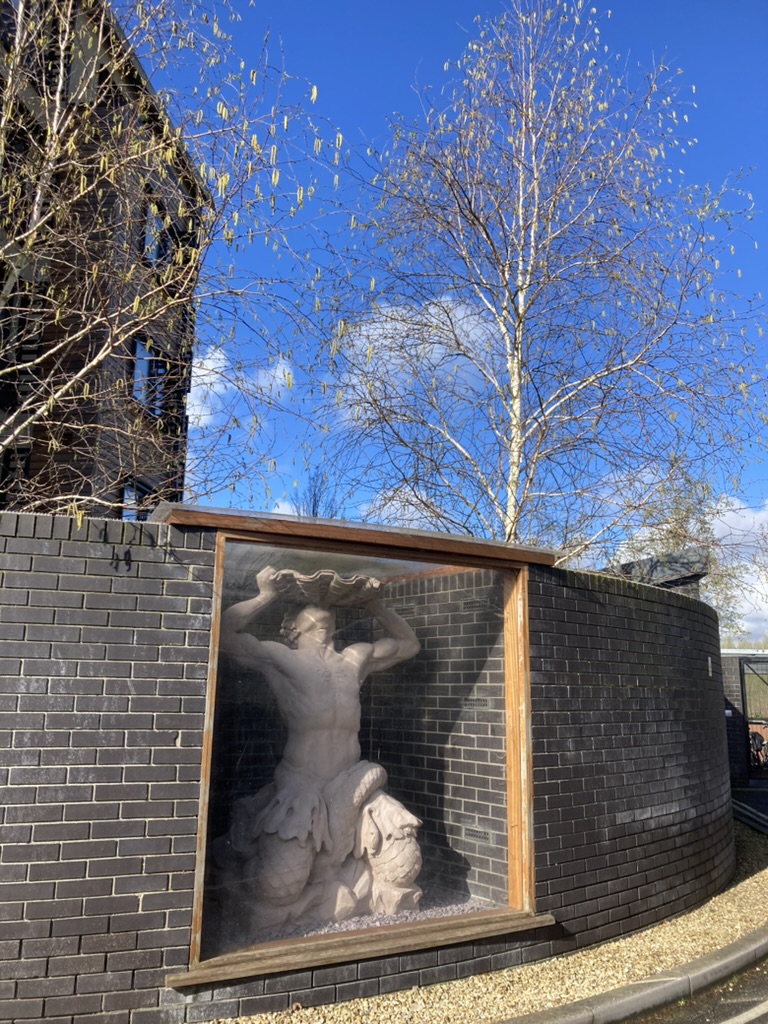
Triton in his glass box at Castle Mill
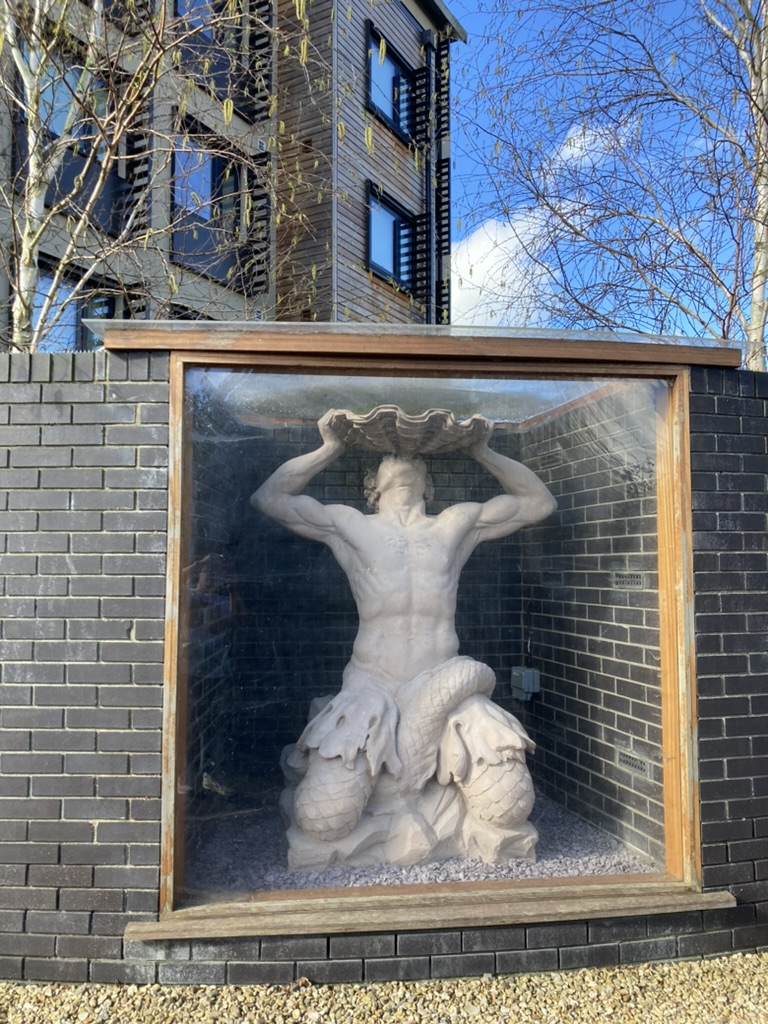
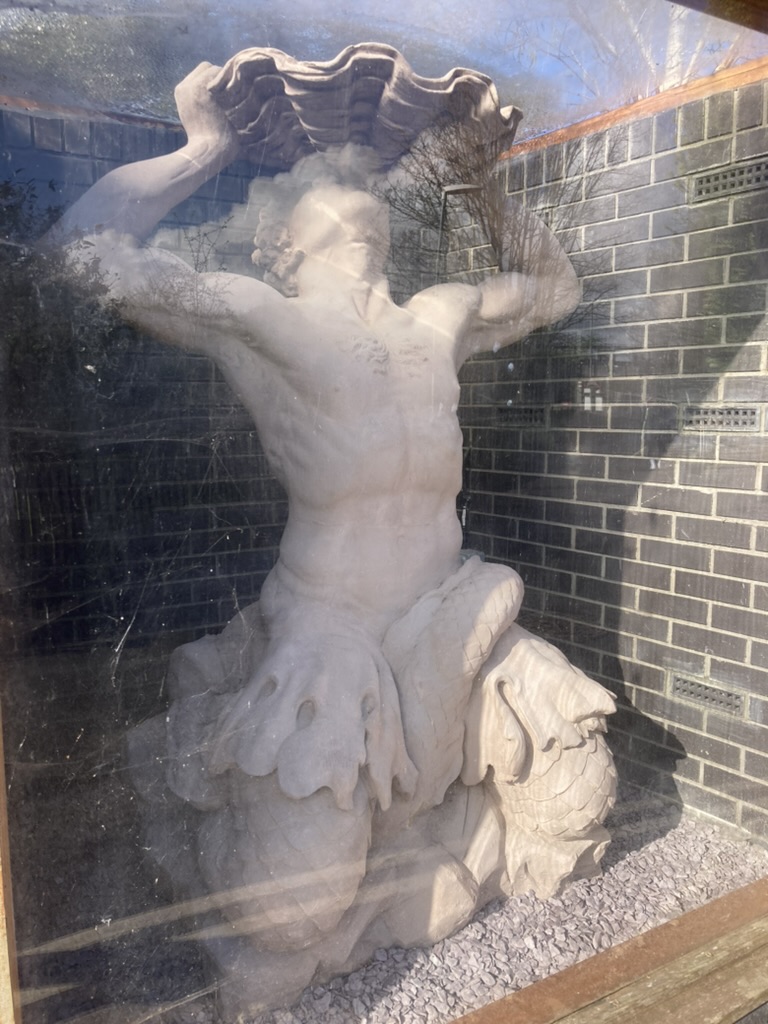
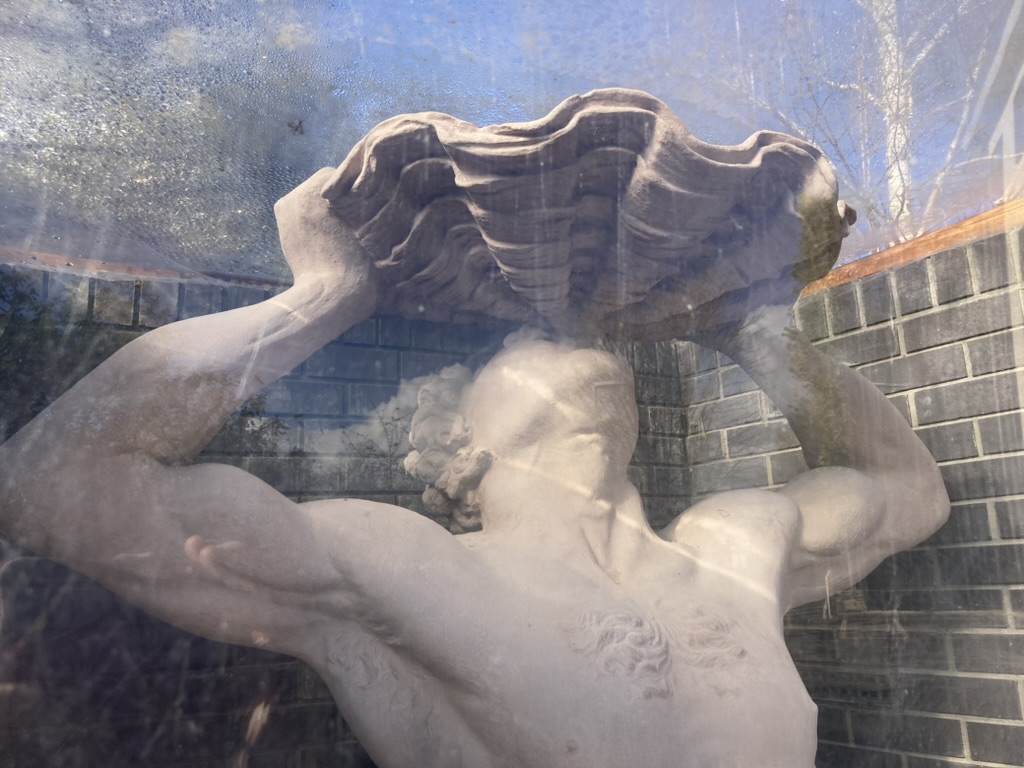
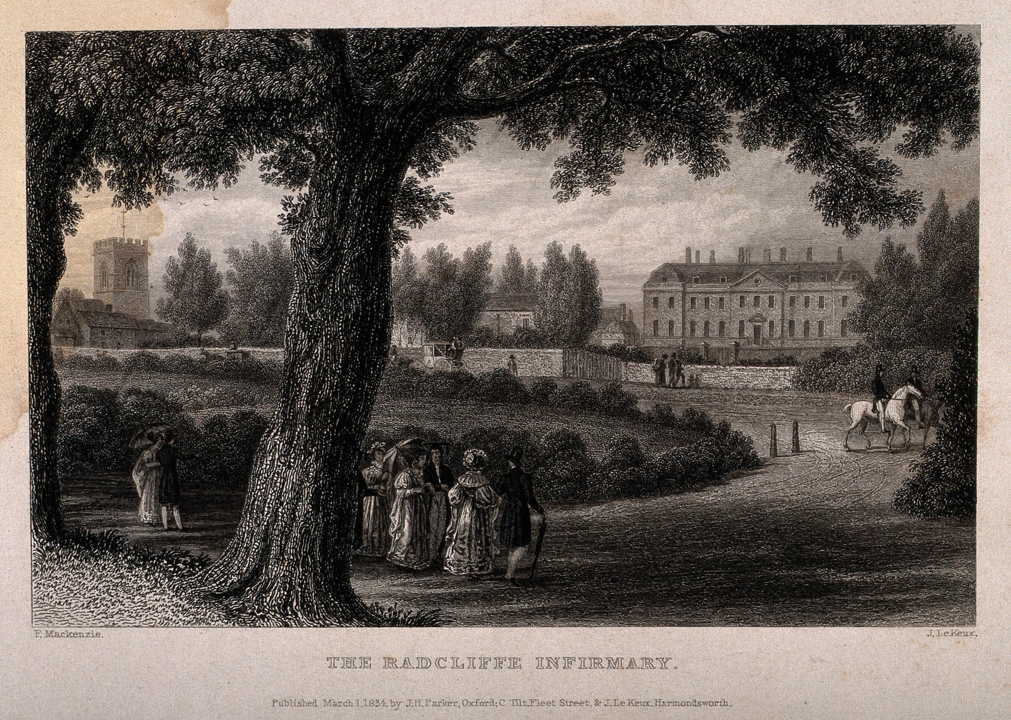
The Radcliffe Infirmary in 1834, with St Giles Church tower behind, in its original rural setting. Triton has yet to be installed.
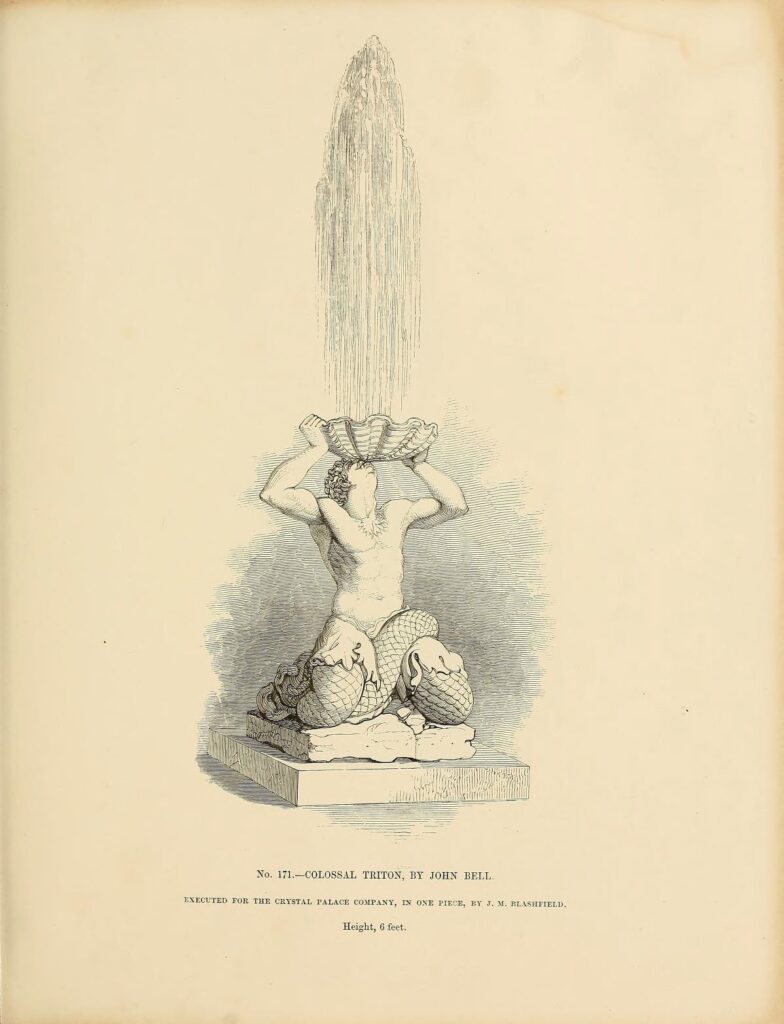
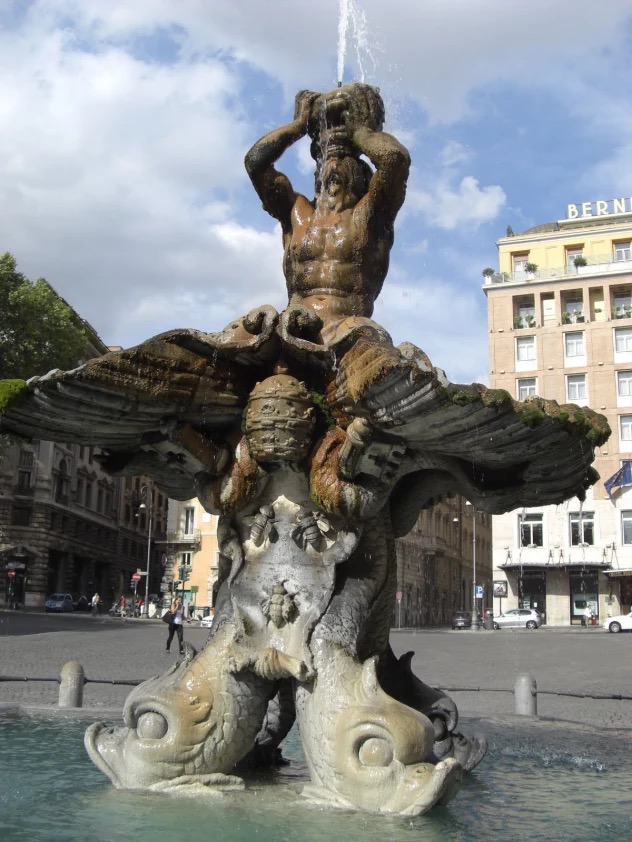
‘Fontana del Tritona’ in Piazza Barberini, Rome. Bernini (1642-3)
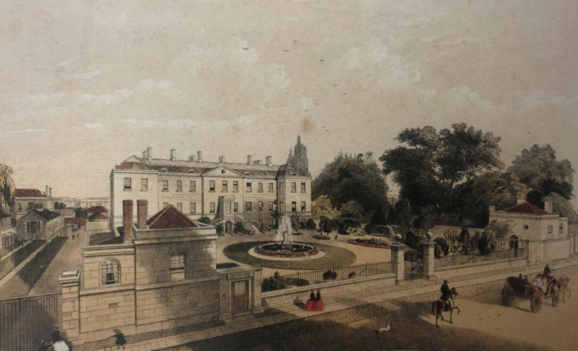
The Radcliffe Infirmary in the mid 1800’s after it was decided to make the entrance more inviting. Cast iron railings were added then too as well as Triton. St Luke’s chapel went up in 1864
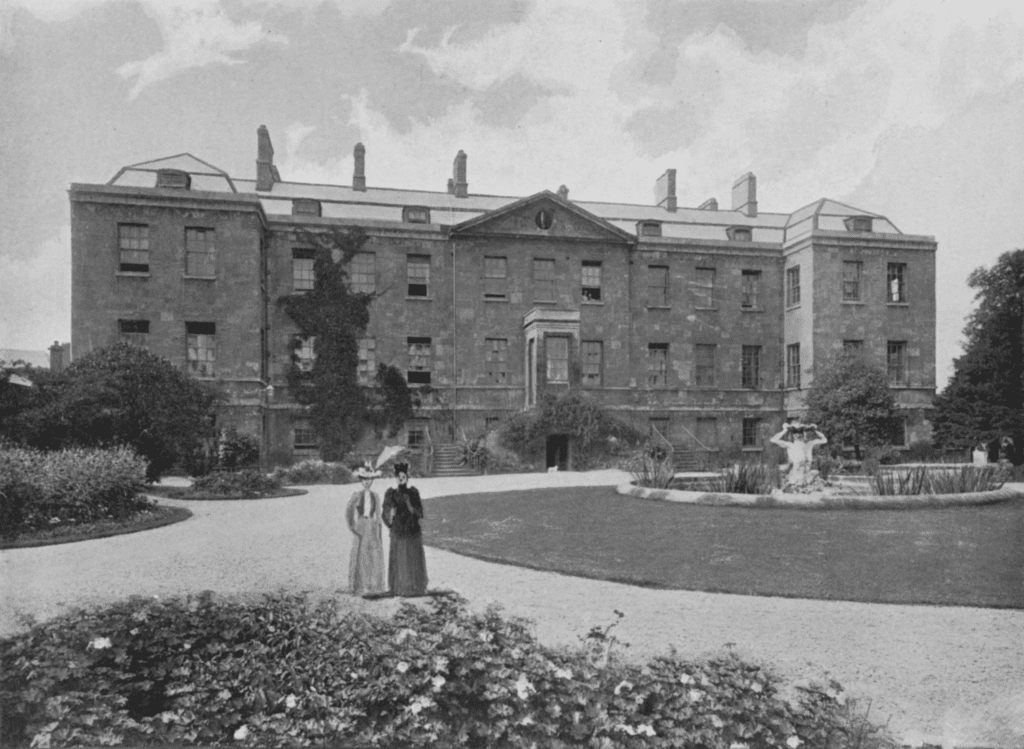
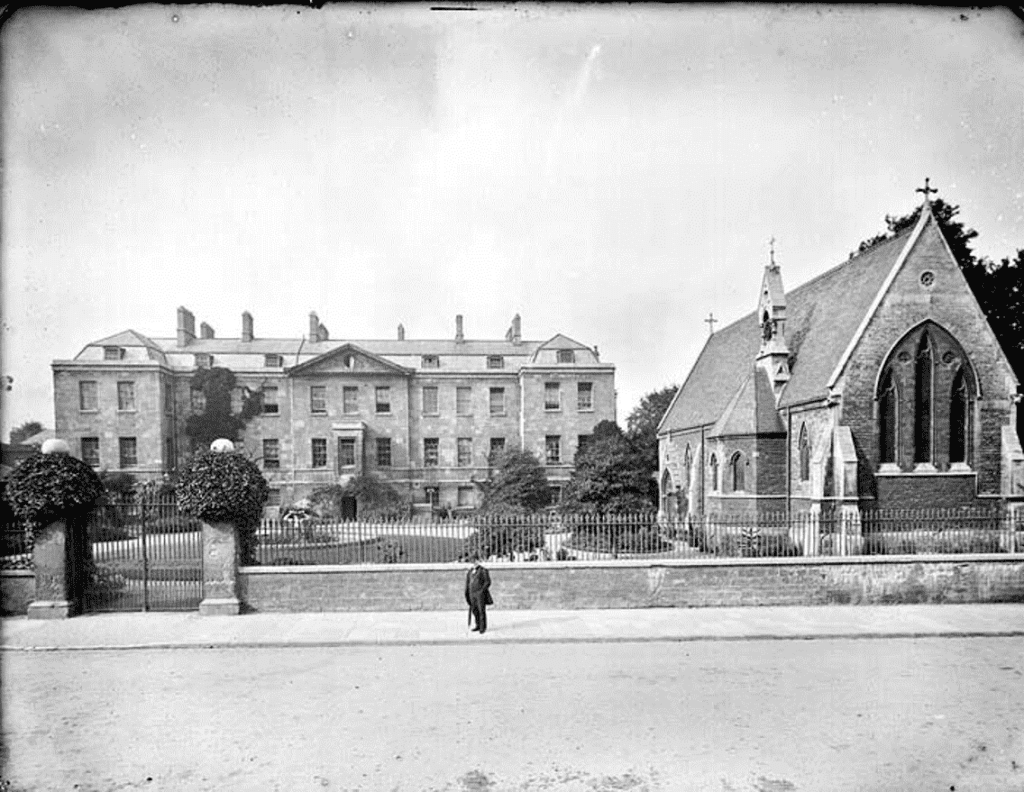
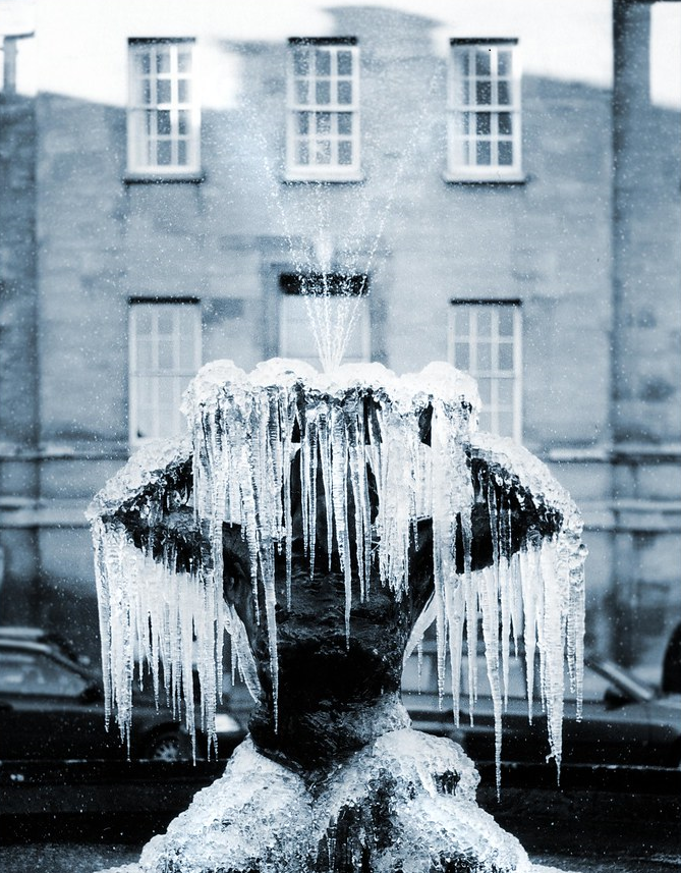
Triton in the winter has always been one of Oxford’s must-see sights.
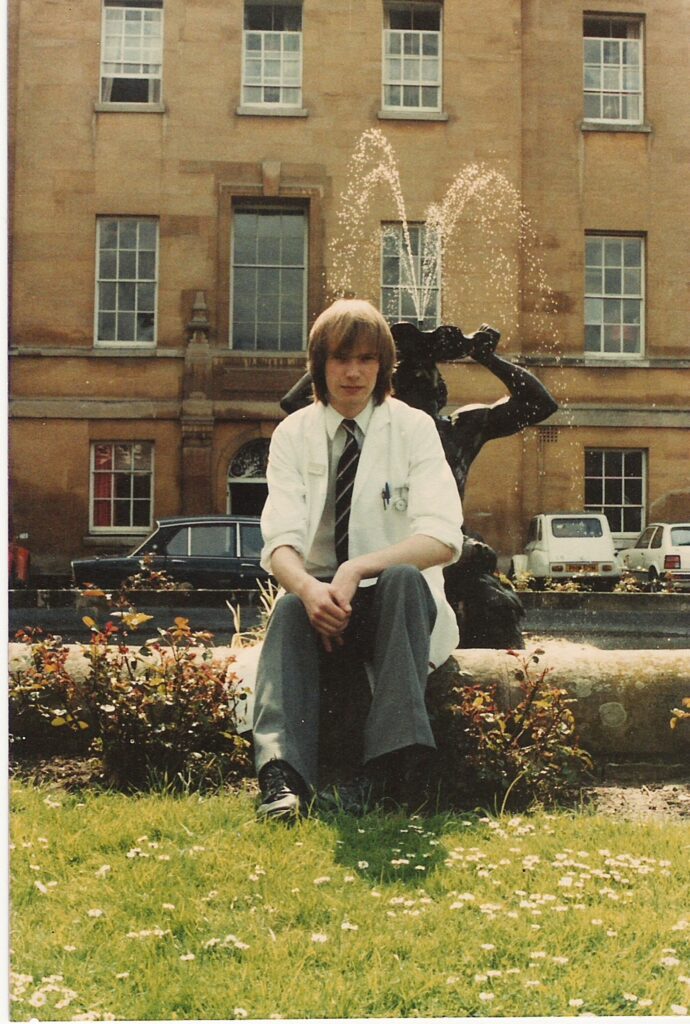
Ian Baxter on his lunch break in 1981 as a nursing auxiliary.
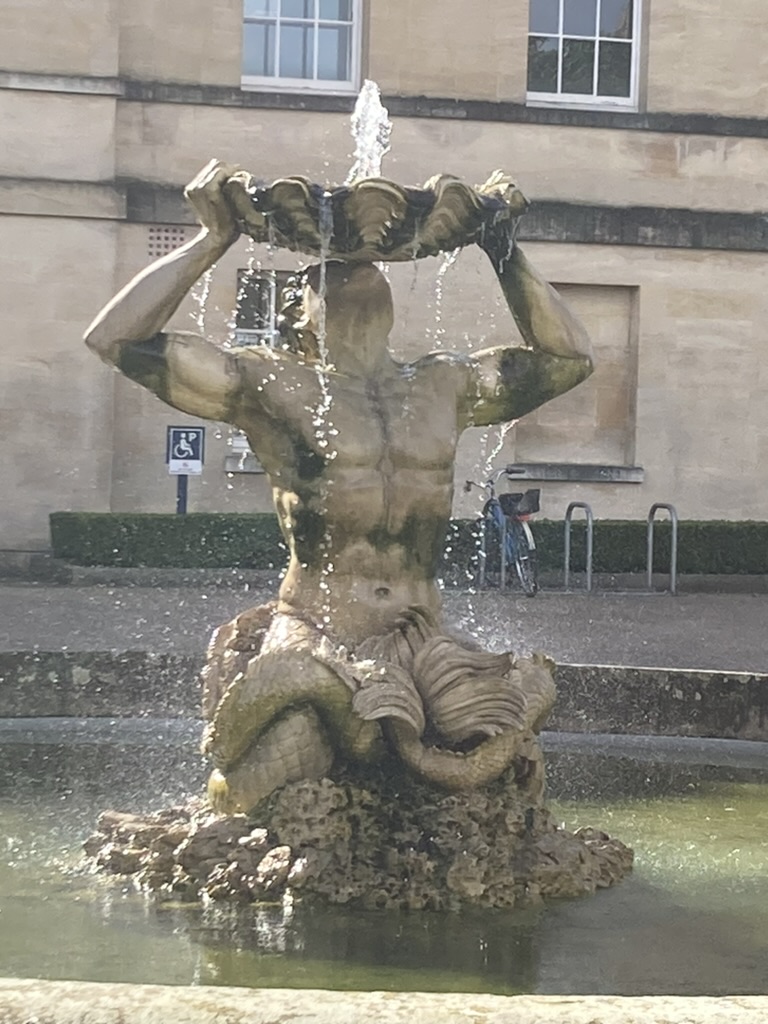
The new Triton copy
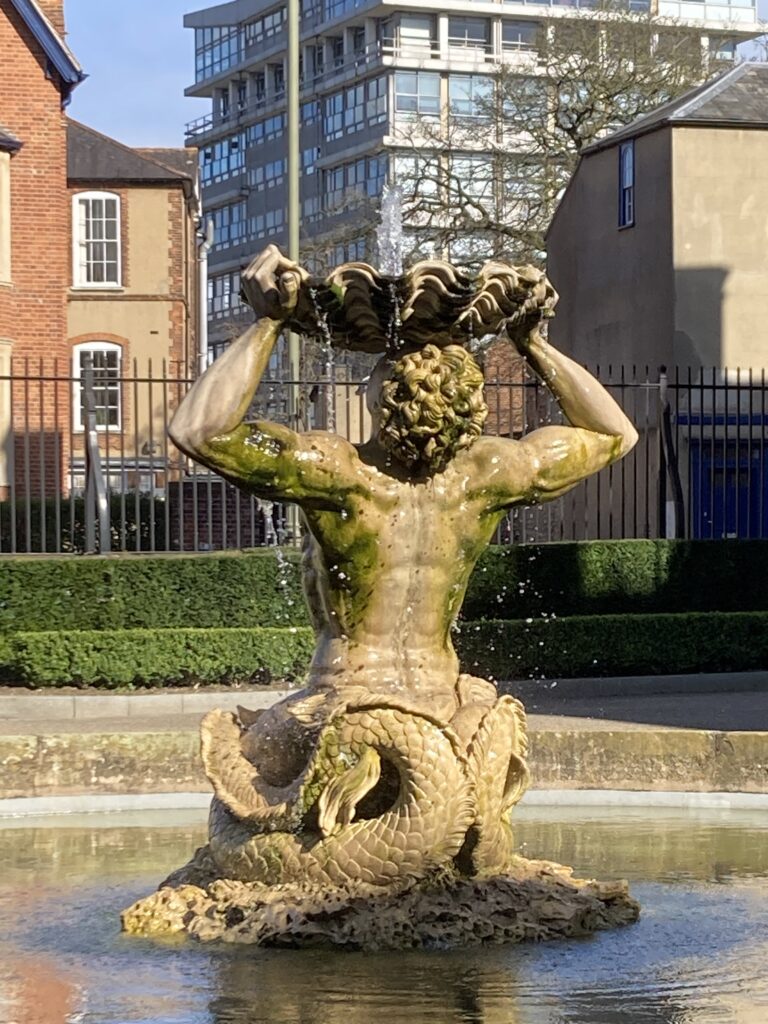
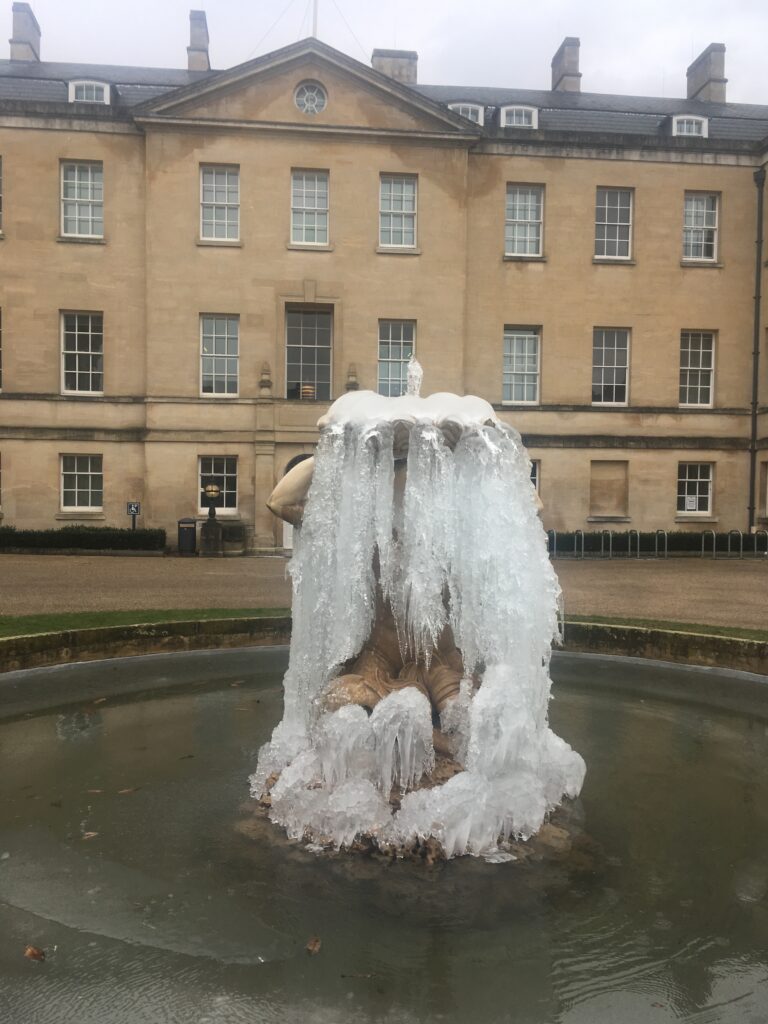
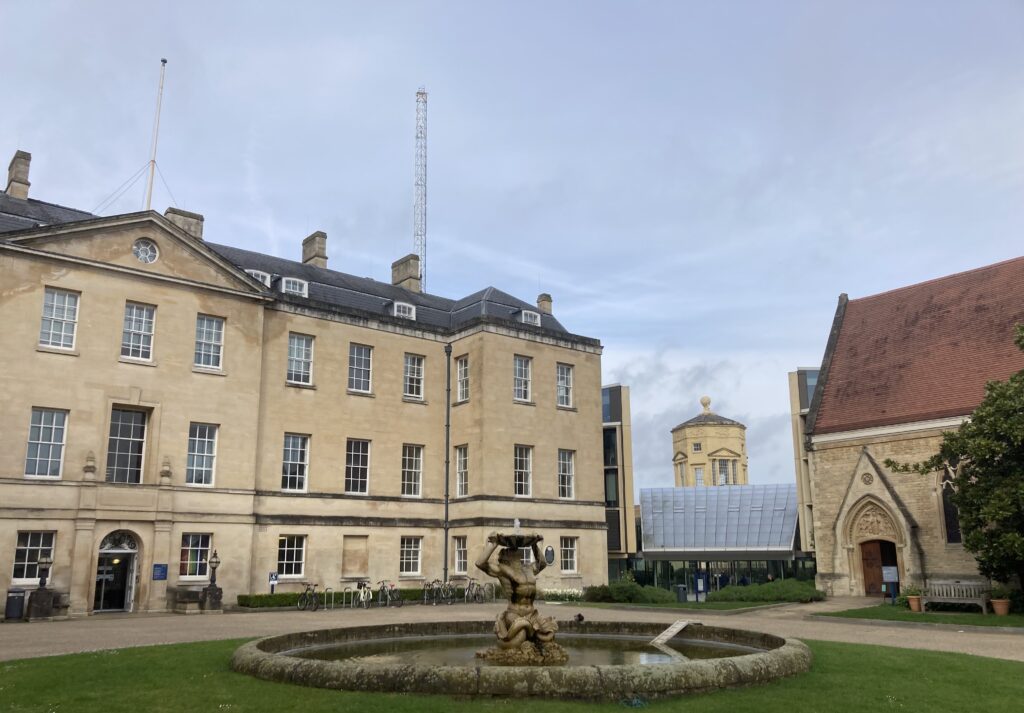
With the Radcliffe Observatory popping up behind the Andrew Wiles Building (Mathematical Institute) part of the growing new Radcliffe Observatory Quarter.
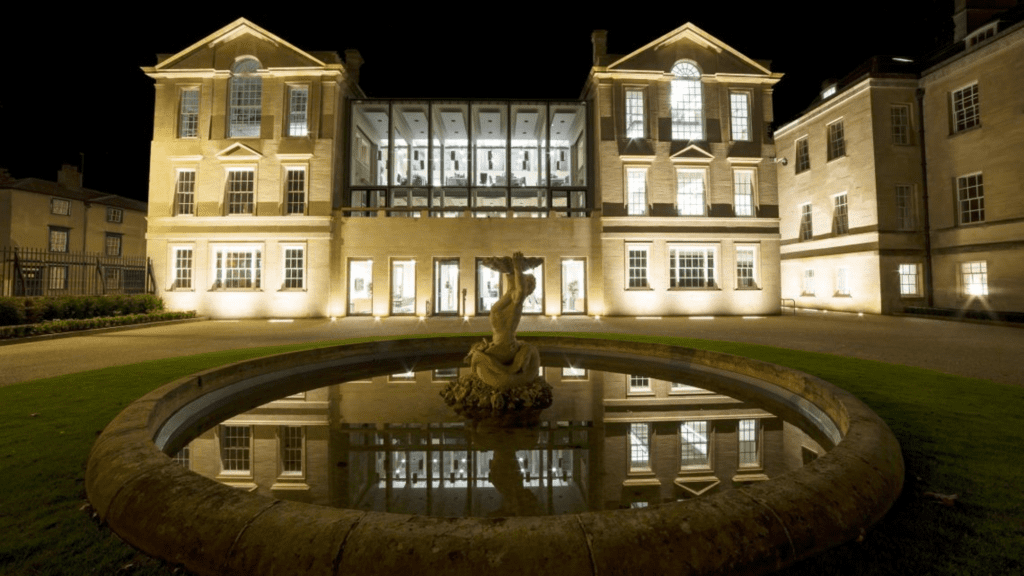
Triton 2 in front of the Radcliffe Primary Care Building (once the Out Patients Department.)
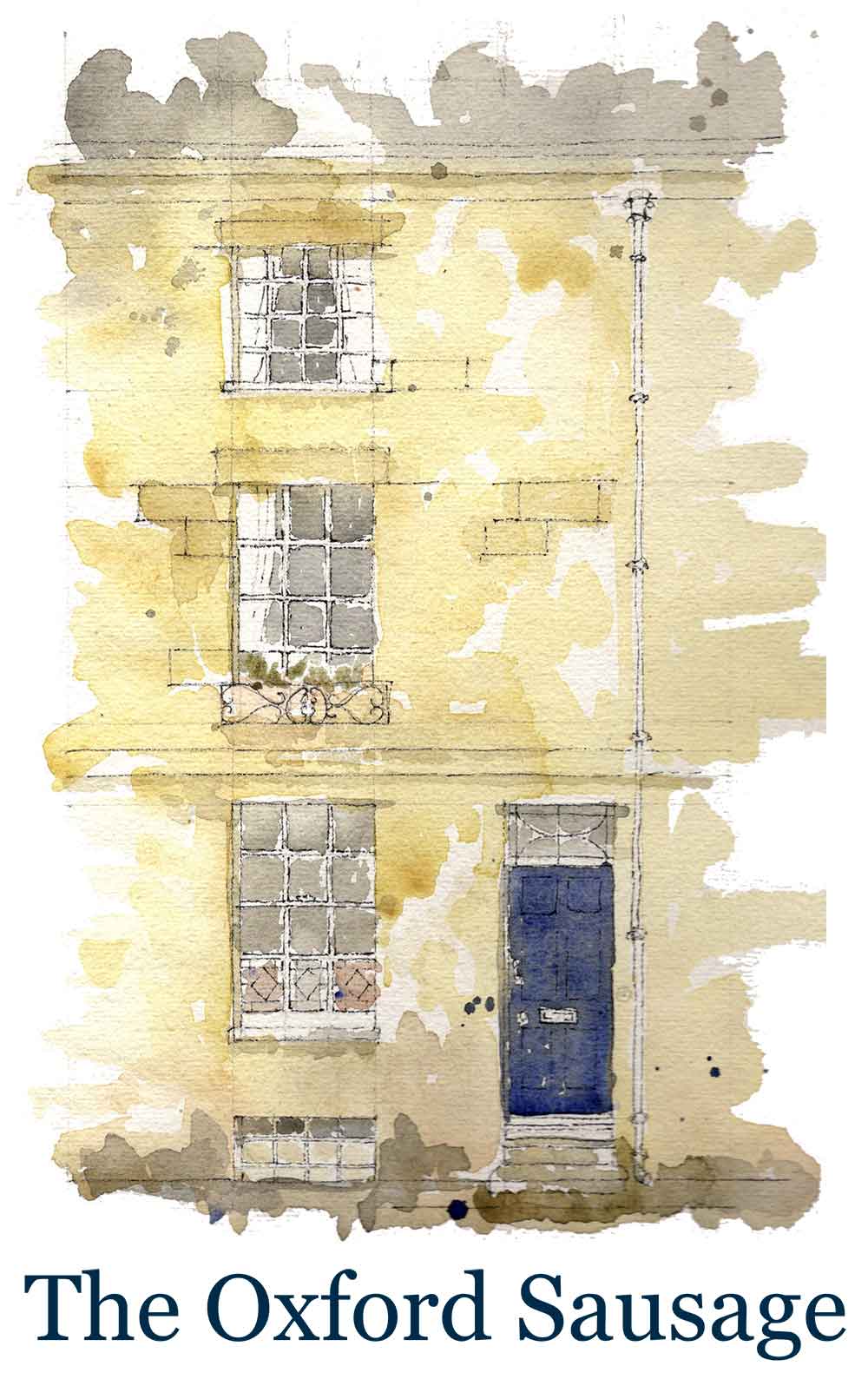
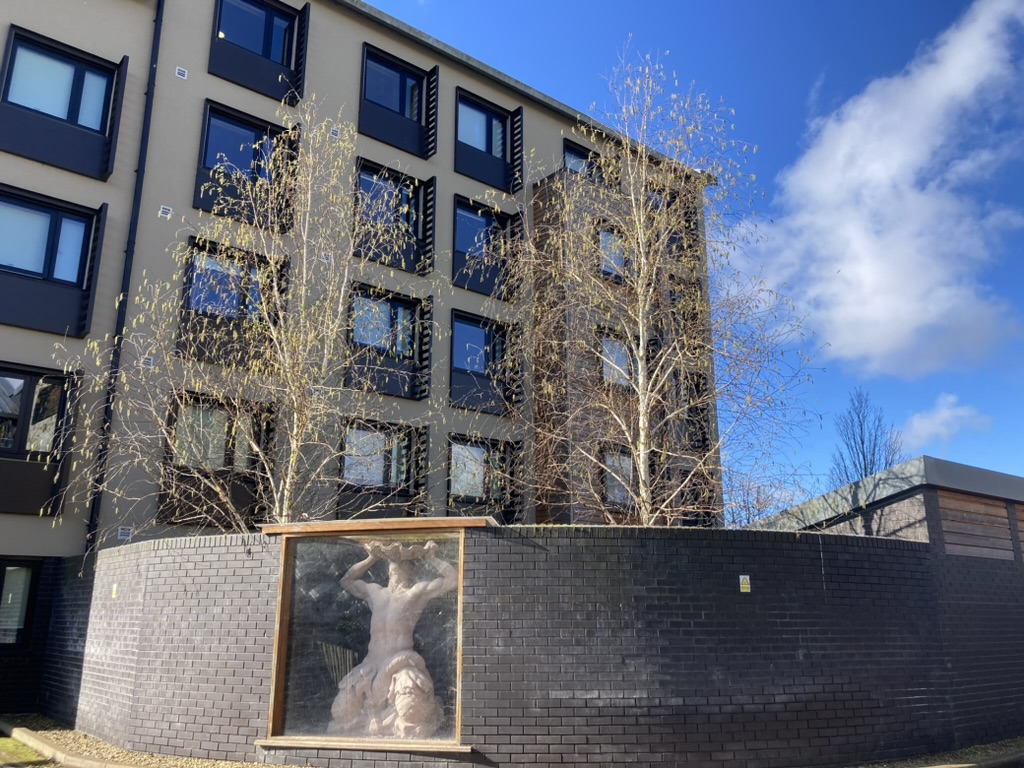
2 Comments
Join the discussion and tell us your opinion.
Fascinating! I hadn’t realised the current Triton was a copy. Off hotfoot now to admire and commiserate with the incarcerated original…
Thank you so much for this. I pass this statue frequently as I cut down from Port Meadow to the railway station. I have always felt a pang of sorrow at this wonderful creature being locked away in this glass box, looking towards the heavens as a prisoner, but I didn’t know the history. Now I do & I am with you – FREE TRITON!